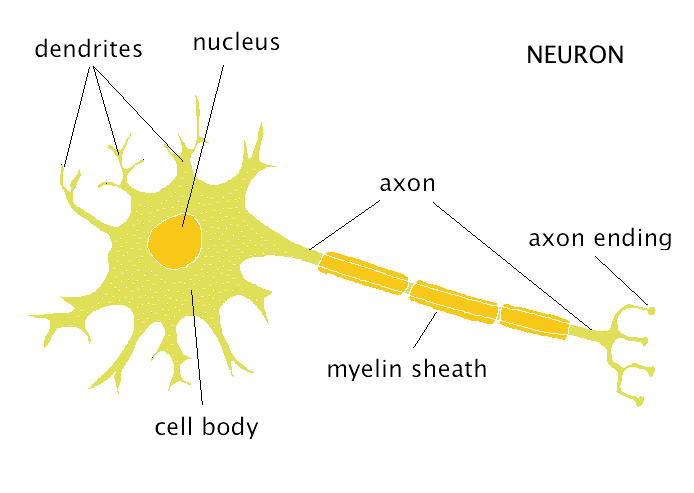

^ Glicksman, M.E Koss, M.B Bushnell, L.T LaCombe, J.C Winsa, E.A (1995).Archived from the original on 15 February 2005. ^ "Isothermal Dendritic Growth Experiment (IDGE)"."The mineralogy of manganese dendrites and coatings".

"Orientations of dendritic growth during solidification". Interfacial Wave Theory of Pattern Formation in Solidification. On the solid-liquid interface, we can define a surface energy γ s l This instability has two causes: anisotropy in the surface energy of the liquid-solid interface and the attachment kinetics of particles to crystallographic planes when they have formed. This formation will at first grow spherically until this shape is no longer stable. the first appearance of solid growth, in the supercooled liquid. Dendrite formation ĭendrite formation starts with some nucleation, i.e. This model uses the microscopic structure of the material and uses the general understanding of nucleation to accurately predict how a dendrite will grow. Nowadays the best understanding for dendritic crystals comes in the form of the macroscopic continuum model which assumes that both the solid and the liquid parts of the system are continuous media and the interface is a surface. This breakthrough lead to the microscopic solvability condition theory (MSC), however this theory still failed since although for isotropic surface tension there could not be a steady solution, it was experimentally shown that there were nearly steady solutions which the theory did not predict. This result meant that a system with a steady needle growth solution necessarily needed to have some type of anisotropic surface tension. Through this they found that the problem for isotropic surface tension had no solutions. Microscopic solvability condition Ī decade later several groups of researchers went back to the Nash-Glicksman problem and focused on simplified versions of it. At the time however Langer and Müller-Krumbhaar were unable to obtain a stability criterion for certain growth systems which lead to the MSH theory being abandoned. They claimed a system would be unstable for small σ causing it to form dendrites. S3 (A to I), which points toward the fact that the dynamics do not have any. This hypothesis used a stability parameter σ which depended on the thermal diffusivity, the surface tension and the radius of the tip of the dendrite. The highly ramified arbors of neuronal dendrites provide the substrate for. In the following two years Glicksman improved the numerical methods used, but did not realise the non-linear integro-differential equation had no mathematical solutions making his results meaningless.įour years later, in 1978, Langer and Müller-Krumbhaar proposed the marginal stability hypothesis (MSH). This became known as the maximum velocity principle (MVP) but was ruled out by Glicksman and Nash themselves very quickly. However they only found an inaccurate numerical solution close to the tip of the needle and they found that under a given growth condition, the tip velocity has a unique maximum value. The first theory for the creation of these patterns was published by Nash and Glicksman in 1974, they used a very mathematical method and derived a non-linear integro-differential equation for a classical needle growth. The first dendritic patterns were discovered in palaeontology and are often mistaken for fossils because of their appearance. It will aid readers of all relevant medical disciplines to implement prompt diagnosis and effective management.A simplified diagram for a smooth solid-liquid interface at the atomic level.

'Fast Facts: Blastic Plasmacytoid Dendritic Cell Neoplasm' is designed to bring hematologists, oncologists, dermatologists, pathologists, clinical nurse specialists and trainees in all these fields up to speed on the latest developments, as well as providing the most up-to-date information on first-line chemotherapy, consolidation treatments and stem cell transplantation. The complexity of caring for patients with BPDCN stems from both its rarity and its multiorgan involvement. Today, it has been reclassified as a myeloid neoplasm and there is greater understanding of the disease’s clinical features, course and pathology, a new diagnostic test that makes prompt diagnosis possible and a new targeted therapy that, so far, has been shown to at least double survival. In the past, BPDCN has been poorly understood, recognized and treated, and consequently has had a poor prognosis. It is notable for its highly aggressive behavior, with cutaneous, lymph node and bone marrow involvement. Blastic plasmacytoid dendritic cell neoplasm (BPDCN) is a rare fast-growing hematodermic neoplasm that most often occurs in older men.


 0 kommentar(er)
0 kommentar(er)
